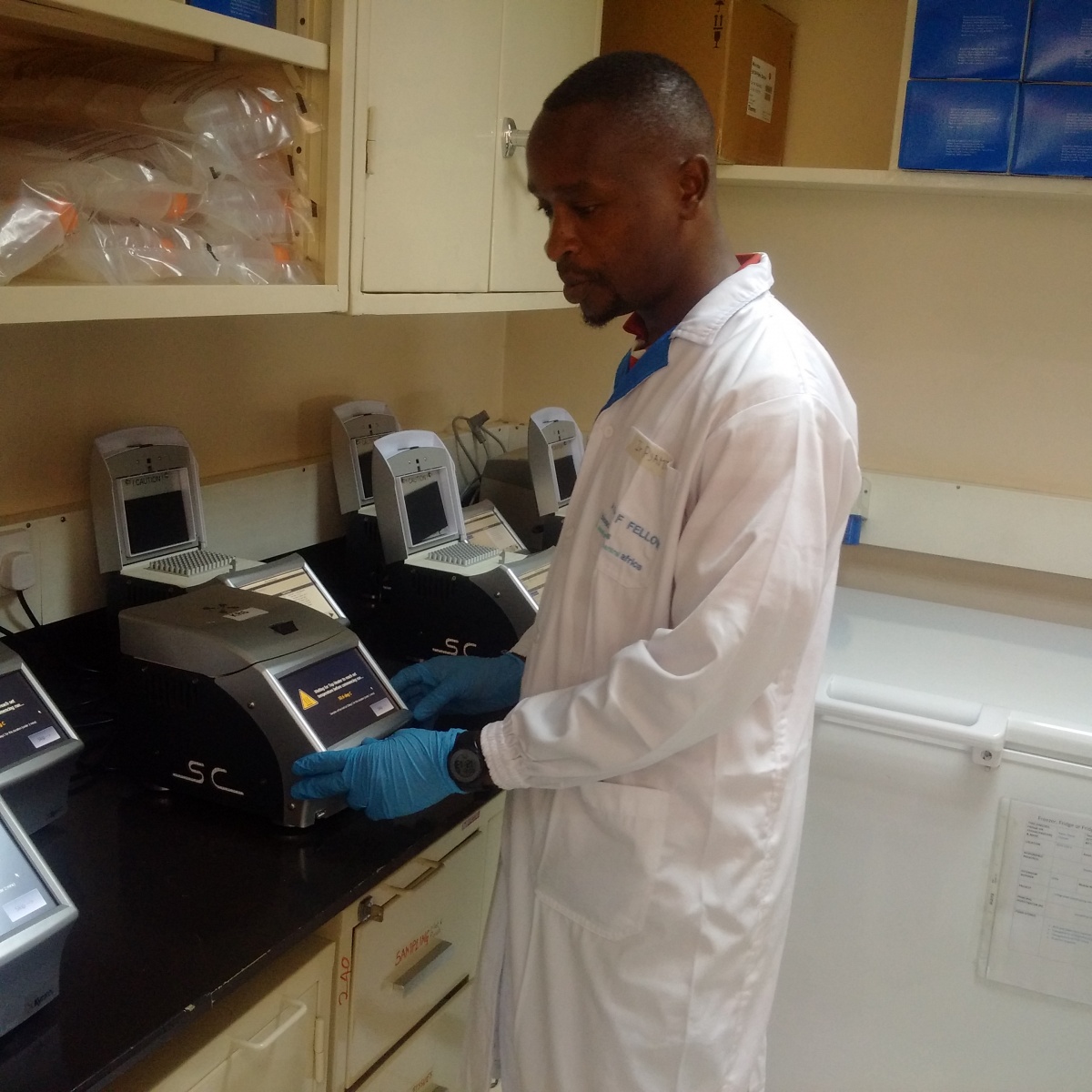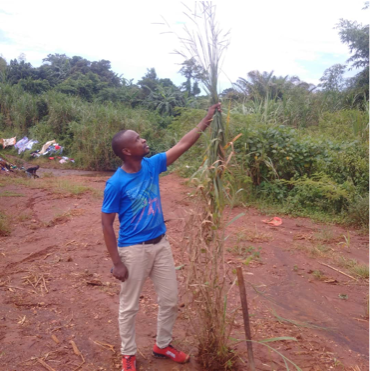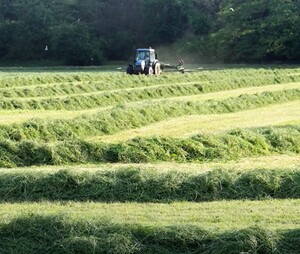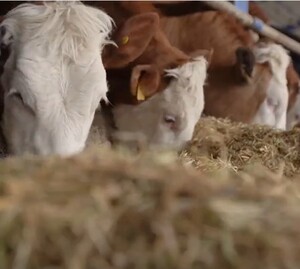
Researcher explores native grass for improving livestock productivity in the Democratic Republic of Congo
With a population of close to 90 million people, the Democratic Republic of Congo (DRC), which is the largest country in sub-Saharan Africa, boasts 90 million hectares of pasture that can support 40 million heads of cattle and produce 1.5 million tonnes of beef per year. But the country’s immense livestock production potential remains under exploited because of among other challenges, lack of high-quality fodder for livestock. The DRC produces only 2.3% of its national potential in beef and imports 200,000 tons of meat annually to meet demand.
Even though Brachiaria grass, a forage of African origin, has played an important role in the transformation of the livestock sector in many parts of the world, its adoption in Africa is not widespread. In African countries where Brachiaria is grown, it is an important forage crop for livestock in smallholder farming systems where its use has been proven to improve livestock productivity. Livestock productivity in Africa is currently the lowest in the world.

Pyame Mushagalusa collects phenotypic data at the national collection field at INERA Mulungu, South Kivu, DRC
Pyame Mushagalusa, was an Africa Biosciences Challenge Fund (ABCF) fellow at the Biosciences eastern and central Africa-International Livestock Research Institute (BecA-ILRI) Hub from May 2019 till May 2020. He currently works at the National Agricultural Study and Research Institute (INERA), DRC. He is using the skills he gained under the ABCF fellowship to develop improved Brachiaria grass cultivars in DRC. He hopes to produce Brachiaria grass varieties that Congolese farmers can easily grow for use as fodder to increase the livestock productivity.
In 2019, he led an initiative that collected 128 Brachiaria grass ecotypes from 15 regions of the DRC’s Southern Hemisphere. The collection has been maintained at INERA’s Mulungu Station in South Kivu Province. These ecotypes were examined at Mulungu Station to establish various morphological traits including days to first flowering, flowering duration, plant height, leafiness, growth habit, culm thickness, leaf length and leaf colour.

Mushagalusa at the IGSS lab at BecA-ILRI Hub conducting genetic characterisation of Brachiaria grass ecotypes
The genetic characterization of these ecotypes was performed at the Integrated Genotyping Service and Support Platform (IGSS) platform at BecA-ILRI Hub using DArTseq technology, during his fellowship. The preliminary results from his study showed a high morphological and genetic diversity among the 128 ecotypes suggesting that they can be of high value in Brachiaria grass improvement programs in DRC and elsewhere.
‘The DR Congo has high forage production potential high diversity of forage species, diverse agro-ecological zones and high demand for forages,’ he says. Mushagalusa’s work is an important first step towards improving the quality and adoption of Brachiaria grass in DRC.
‘The research I did at the BecA-ILRI Hub has been integral to my work. The bioinformatics skills I gained while there have been especially important. I also learnt a great deal of laboratory work spanning from sampling, DNA extraction, PCR amplification to genomic sequencing and phenotypic characterization,’ he says.

Mushagalusa showed the tallest Brachiaria found in Durba, Ituri, DRC
His next steps will be to perform participatory evaluations of Brachiaria ecotypes from the Northern and Southern Hemispheres of DRC in four agro-ecological zones in South Kivu province. The ecotypes of the Northern Hemisphere will come from the INERA-Nioka site.
Mushagalusa’s research on the ‘Collection of Brachiaria grass ecotypes from the Southern Hemisphere of DRC and their morphological and genetic characterization’ was supervised by Sita Ghimire, Cathrine Ziyomo, Nasser Yao and Katunga Dieudonné.

















